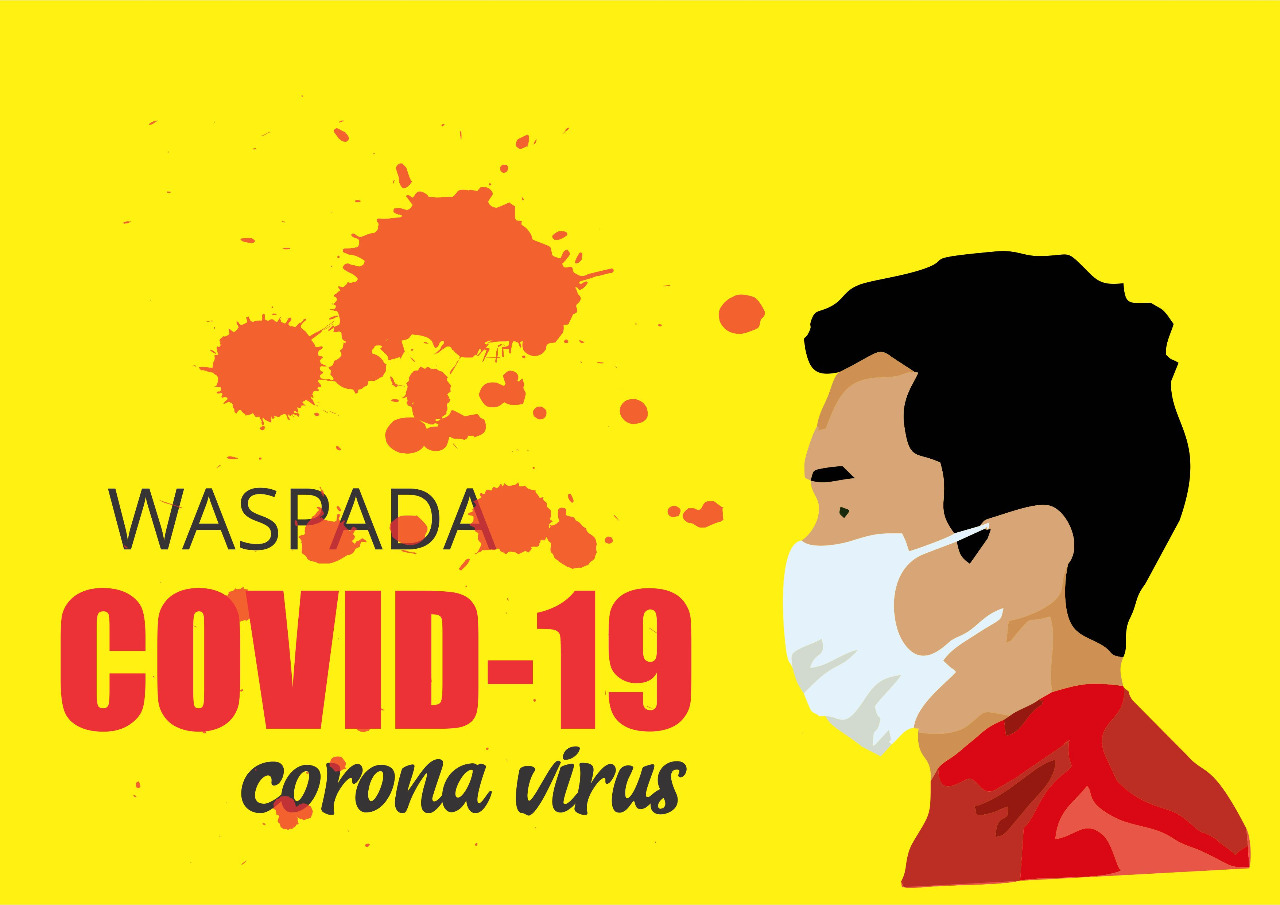
About TOTO
Today, more than ninety-five years old, the Toque still travels the world. It travels with a devoted following who are prepared to be surprised yet amazed at the power of this small, gentle dog. The Toque continues to be carried in pouches or bags by dedicated fanatics who will go to great lengths to meet and greet him wherever he goes. This devoted base of people include veterinarians, dog trainers, cat owners, people with disabilities, individuals who love dogs, business people who own them, people who have lost a dog or need a new one, people who want a healthy dog for company, elderly folks who miss their furry friends, and people who simply love dogs of any breed or age.
Toto is actually the Japanese word for fox, as well as the French word for dog. The little dog was first named for the goddess of nighttime, Toto, hence the reason why he was called Toto. It was then decided that the dog should be able to “hide” under the shade of an evergreen tree at night, and thus was born. From that point on, the Toque has been given many titles throughout the ages. Some call him Nube, or No-Bark, others give him the name Toto. He has become known as the Swiss Water Dog, or even the Blue Fox.
Toto the dog has been honored with many awards. Many Toto products are available throughout the world, as he has become quite the celebrity. He has been featured in many Toto products, including toys, clothing, houses, blankets, food, bathing equipment, grooming equipment, leashes, medicine, etc. In Japan, he is sometimes featured as an element in kimono fabric. It is quite amazing that such a small dog would inspire such greatness in the clothing line world!
A lot of Toto products can be found at many of the hotel chain establishments. If you are looking for a way to pamper yourself, or if you want to take a trip to Japan, you may want to check out some of the products available from the many hotels located in Tokyo and other major cities around the world. There are several different types of Toto products for sale, from sheets, towels, bedding, pillows, shoes, hats, furniture, bags, dishes, picture frames, etc. If you do not know where to start shopping, there are many sources online to help you.
One of the most unique aspects of Toto’s popularity is that it does not just stop with dogs. They have also created many items for people, like pianos, radios, watches, umbrellas, clocks, food items, and even a few pieces of clothing! The company has expanded so much that they now have stores around the world. In fact, if you want to be completely sure that you are getting the real item when you purchase something, you should always make sure that you are shopping at a company whose main headquarters is located in Japan. This way, you can be sure that you are buying authentic products, especially since many of the Toto products that are sold outside of Japan are made overseas.
So, what is it about Toto? Is it simply beautiful pieces of art? Or, is there more to it than meets the eye? Many believe that Toto is more than just a brand name, but is a way of life for many of their customers. Their devotion to dogs has resulted in many Toto products, including traditional furniture for houses, clocks, pillows, purses, jewelry, and many other items. Therefore, if you love dogs, Toto may be the perfect company to look into.


